Carbon fiber is an ideal lightweight material with excellent performance. Currently, the cost is relatively high. If the process can be significantly improved to reduce the cost, the production line will be highly integrated and automated, and the unit production capacity investment will be greatly reduced, thereby improving application scenarios such as the automotive field. , it generates great economic benefits (you can refer to the contribution of aluminum alloy lightweighting to the overall cost performance of the car). The proportion of carbon fiber is 50% of aluminum alloy and 25% of steel. Process improvement-efficiency improvement-capacity utilization Improvement–cost reduction–increase in application demand—scale effect further reduces costs… Spiral forward cycle, with cost reduction and significant increase in production capacity, automotive application fields expand: defense vehicles/special vehicles/aviation Vehicles–Special Parts–More Parts Promotion.
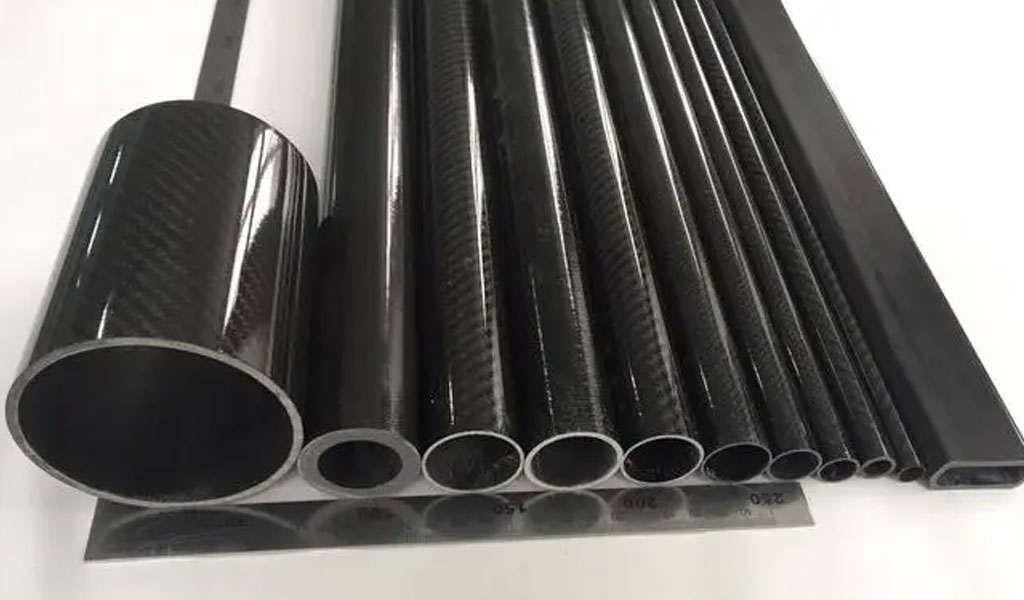
Once technological breakthroughs are made, the comprehensive cost-effectiveness of carbon fiber can be applied to automobiles and other consumer electronics on a large scale, and the chemical industry will be the fastest way to switch to layout (strong correlation). It is currently in the growth stage of the product cycle and is growing at a rapid pace. The current valuations of major listed carbon fiber companies such as Zhongfu Shenying/Guangwei Composite/Zhongfu Technology are relatively high in the market. We will see if the market has a deep correction or is wrongly killed before we determine whether there is any. Layout opportunities; (in addition to the incremental demand for new energy wind power installations and the increased demand for localization of large aircraft)
The security of the new material supply chain deserves attention: my country’s high-end new material technology and production are weak, and there is an urgent need for localization (Opportunity in SWOT in macro analysis, policy support in PEST external environment analysis)
my country’s high-end new material technology and production are weak. Although production capacity has increased significantly in recent years, it has not been able to meet domestic demand for high-end products. There is a long way to go to become a strong country in materials. According to the 2019 report of the Ministry of Industry and Information Technology, my country’s new materials industry still has 32% of key materials in a blank state, and 52% of key new materials need to be imported. Import dependence is high, especially intelligent terminal processors, manufacturing and testing equipment, high-end In the field of special-purpose chips, import dependence reaches 70%, 95%, and 95% respectively, and there is huge room for localization. In the “Guidance Catalog for the First Batch Application Demonstration of Key New Materials (2019 Edition)” released by the Ministry of Industry and Information Technology in 2019, high-strength, high-strength medium-mold, high-mold carbon fiber, etc. are listed as key strategic materials, providing a basis for the improvement and industrialization of carbon fiber production technology. Provides guarantee for advancement;
The “14th Five-Year Plan” provides policy support for the development of new materials. On March 13, 2021, the “The Fourteenth Five-Year Plan for the National Economic and Social Development of the People’s Republic of China and the Outline of Long-term Goals for 2035” was released, which clearly proposed the in-depth implementation of the strategy of manufacturing a strong country and made plans for the development of high-end new materials. Clear instructions: Promote breakthroughs in advanced metal and inorganic non-metallic materials such as high-end rare earth functional materials, high-quality special steels, high-performance alloys, high-temperature alloys, high-purity rare metal materials, high-performance ceramics, electronic glass, and strengthen carbon fiber, aramid, etc. R&D and application of high-performance fibers and their composite materials, bio-based and biomedical materials, and accelerating key technological breakthroughs in high-performance resins such as metallocene polyethylene and photoresists for integrated circuits and other high-purity electronic materials. At the same time, the plan proposes to develop and expand strategic emerging industries, focusing on new generation information technology, biotechnology, new energy, new materials, high-end equipment, new energy vehicles, green environmental protection, aerospace, marine equipment and other strategic emerging industries, and accelerate key Innovate and apply core technologies, enhance the ability to guarantee factors, and cultivate and expand new momentum for industrial development.
This Article Mainly Analyzes Carbon Fiber In Lightweight Materials
Carbon fiber (Carbon Fiber) is an inorganic fiber with a carbon backbone structure that contains more than 90% carbon and is formed by cracking and carbonizing organic fibers such as polyacrylonitrile (PAN) (or asphalt, viscose) in a high-temperature environment. Carbon fiber is a basic new material that integrates structural materials and functional materials, has a variety of excellent properties, and has broad application prospects. The performance characteristics of high specific strength, high specific modulus and low specific gravity enable carbon fiber and composite materials with carbon fiber as reinforcement to have excellent reinforcement and weight reduction effects, corrosion resistance, high temperature resistance, low expansion coefficient, conductivity and other good chemical stability The characteristics of sex, thermal stability and electrical properties allow it to replace metal materials to achieve structural and functional integration in harsh working conditions such as high pressure, high temperature, high humidity, high cold, and high corrosion. Carbon fiber has therefore become the key to the development of the national defense industry. One of the materials, it is an important material choice for various military and civilian equipment. It has great room for development in the fields of aerospace, wind power, hydrogen photovoltaics, construction engineering, rail transit, sports and leisure, and with the advancement of industry technology Progress and the improvement of social and economic levels have become increasingly important strategic materials for the development of national defense industry and the national economy.
In the automotive field, in October 2020, the “Technical Roadmap for Energy Saving and New Energy Vehicles (Version 2.0)” released by the Society of Automotive Engineers of China clarified that by 2035, the lightweight coefficient of fuel passenger vehicles will be reduced by 25%, and the lightweight coefficient of pure electric passenger vehicles will be reduced by 25%. The goal of reducing the lightweight coefficient of the entire vehicle by 35% is expected to significantly boost the demand for carbon fiber for automobiles. In the field of hydrogen storage bottles, the China Hydrogen Energy Alliance predicts in the “White Paper on China’s Hydrogen Energy and Fuel Cell Industry (2019 Edition)” that my country’s fuel cell vehicle sales will reach 50,000 units/year by 2025, thus driving the application of pressure vessels The demand for carbon fiber is increasing.
Carbon fiber plays an extremely important role in life. It is widely used, and its application level is also very wide. Traces of carbon fiber can be seen in all aspects of life, not only in life, but also in the automotive field. There are also more. The reason why carbon fiber is so widely used is that carbon fiber has advantages that other materials do not have.
Carbon Fiber Industry Overview
(Core production technologies are concentrated in Japan and the United States, and my country’s leading companies are gradually breaking foreign technology monopolies)
Carbon fiber is a high-performance fiber with the highest specific strength and specific stiffness and is widely used. Carbon Fiber is an inorganic fiber with a carbon backbone structure with a carbon content of more than 90%, which is formed by cracking and carbonizing organic fibers such as polyacrylonitrile (PAN) (or asphalt, viscose) in a high-temperature environment. Produces fibers with the highest specific strength (strength to density) and highest specific stiffness (modulus to density) among high-performance fibers. Carbon fiber materials are used in many fields such as aerospace, wind power, sports and leisure, and automobiles due to their excellent performance. They are the most widely used and most marketable materials in the field of new materials.
The carbon fiber production process is long and the technical barriers are extremely high. According to the type of raw fiber, carbon fiber can be divided into polyacrylonitrile (PAN)-based carbon fiber, pitch-based carbon fiber and viscose-based carbon fiber. Among them, PAN-based carbon fiber accounts for more than 90% of the market share. PAN-based carbon fiber uses acrylonitrile as the raw material to undergo a polymerization reaction to generate polyacrylonitrile. The polyacrylonitrile is spun into polyacrylonitrile raw filaments, which are then obtained through pre-oxidation, carbonization, surface treatment and other processes. The carbon fiber production process is long, and the entire process requires continuous wire movement, requiring precise control of parameters. Each link will affect the quality and performance of the finished carbon fiber product. Preparation of raw filaments is the core link in carbon fiber production. The quality of raw filaments directly determines the quality, output and production cost of the final carbon fiber product. The cost of raw filaments accounts for more than 50% of the entire carbon fiber production cost.
The industry predicts that demand for carbon fiber will increase three to four times in the next ten years, reaching 400,000 tons by 2030. Since 2015, world demand for carbon fiber has maintained a growth rate of approximately 12%. In the past two years, due to the epidemic, the aviation industry has suffered setbacks, which has affected the sales of high-value, high-performance carbon fiber, and the growth rate has slowed down. However, due to the continued development of the carbon fiber downstream application market, the size of the carbon fiber market is expected to double in the future. The four major application industries of the carbon fiber market are wind power blades, aerospace, sports and leisure, and automobiles. In 2021, the demand for carbon fiber in the four major downstream industries will account for more than 65%.
Globally, the core production technology of carbon fiber is mainly concentrated in a few countries such as the United States and Japan. Taking into account aspects such as R&D strength, technical level, and sales scale, major overseas carbon fiber companies include Japan’s Toray (TORAY) and Japan’s Toho (TOHO). ), Mitsubishi Rayon of Japan, HEXCEL of the United States, ZOLTEK of the United States, SGL of Germany, etc. In recent years, domestic carbon fiber companies have grown rapidly, with continuously improving R&D technology and steadily increasing market sales, forming competitive carbon fiber companies such as Zhongfu Shenying, Guangwei Composite Materials, Zhongjian Technology, and Hengshen Co., Ltd.
Domestic Substitution Of Carbon Fiber
In recent years, my country’s carbon fiber production capacity has expanded rapidly and capacity utilization has increased rapidly. In recent years, driven by downstream demand, my country’s carbon fiber production capacity has expanded rapidly. In 2021, my country’s carbon fiber operating production capacity was 63,500 tons, a year-on-year increase of 75.41%, accounting for 30.5% of the global carbon fiber operating production capacity, and the scale of production capacity ranks first in the world. In the past, the phenomenon of “capacity but no output” in my country’s carbon fiber industry was serious, and the capacity utilization rate was far lower than the international average. In recent years, as domestic companies have continued to achieve technological breakthroughs, the capacity utilization rate has increased rapidly, from 14.94% in 2016 to 51.1% in 2020, but there is still some room for improvement compared with the international general level of 65%-85%.
There is an obvious trend of domestic substitution in my country’s carbon fiber market. In recent years, my country’s carbon fiber market demand has continued to increase. In 2021, my country’s carbon fiber market demand will reach 62,400 tons, a year-on-year increase of 27.7%. The localization rate has increased from 18.4% in 2016 to 46.9% in 2021, and the trend of domestic substitution is obvious. The main reasons are firstly that it is more difficult to import carbon fiber due to the epidemic; secondly, Japan, the United States and other countries have restricted carbon fiber exports to China, which has increased the domestic demand gap; thirdly, new domestic carbon fiber production capacity has been launched and output has increased.
There is room for further upgrading of the demand structure for carbon fiber products in my country. my country’s carbon fiber applications are mainly wind power blades and sports and leisure, while high value-added aerospace applications account for less than 5%, leaving a significant gap with the global level. In terms of unit price, the unit price of carbon fiber used in the aerospace field reaches US$72,000/ton, which is more than 2.5 times the price of carbon fiber in other fields. In 2020, the selling price of large-tow carbon fiber in the international market is approximately US$13.5-14.5/kg, while the selling price of small-tow carbon fiber is approximately US$20-22/kg. Large tow products are often used in basic industrial fields, including civil construction, transportation, and new energy equipment.
Leading companies are gradually breaking foreign technology monopolies. After long-term technology accumulation, my country’s leading domestic carbon fiber companies, represented by Jilin Chemical Fiber, Zhongfu Shenying, Baojing, Xinchuang Carbon Valley, Hengshen Co., Ltd., Guangwei Composite Materials, etc., are gradually breaking the foreign technology monopoly, and their production capacity has continued to expand. Expansion, the product performance of some enterprises is comparable to that of international leaders.
- The carbon fiber process is complex and technical barriers are high (capital-intensive, technology-intensive): the carbon fiber production process is long, and the time, accuracy and temperature of each preparation link will have a great impact on the quality of the finished product. Therefore, in the complete process There are many control points in the process, which impose high requirements on the company’s production equipment and technology. Manufacturing companies need to continuously explore the precise parameters of each control point during production, and finally debug each control point to the optimal state in order to manufacture high-performance carbon fiber products. There are three major barriers to carbon fiber production technology as a whole, namely formula, process and engineering barriers. The difficulty of breakthroughs increases in order. From the perspective of barrier breakthrough cycle, the three major barriers are 1-2 years, 3-5 years, and more than 5 years.
- The capital investment in the carbon fiber industry is huge, with high investment and high returns: As mentioned above, the carbon fiber production process is complex, the technical barrier breakthrough cycle is long, and it is accompanied by long-term and high capital investment. For example, Shanghai Petrochemical’s “12,000 tons/year 48K large tow carbon fiber (supporting 24,000 tons/year raw yarn)” project has a total investment of 3.5 billion yuan, and the investment per 10,000 tons of finished carbon fiber production capacity reaches 2.92 billion yuan. Newly entered companies not only have to break through high technical barriers through long accumulation, but also bear huge investment expenditures, which poses considerable challenges to the company’s capital strength and financing capabilities. As a result, many planned and under-construction carbon fiber companies have given up their plans to get involved in the carbon fiber industry. “High investment, high return”, the carbon fiber industry chain supported by huge capital investment has high product added value, and the product value jumps from top to bottom along the industry chain. According to the prospectus of Hengshen Shares, the price of raw silk of the same variety is about 40 yuan/kg, carbon fiber is about 180 yuan/kg, prepreg is about 600 yuan/kg, and civilian composite materials are about less than 1,000 yuan/kg. , while automotive composite materials are about 3,000 yuan/kg, and aviation composite materials are as high as 8,000 yuan/kg. The value of the upstream primary products in the carbon fiber industry chain will increase several times after each level of deep cnc machining.
Therefore, the leading companies that are the first to enter the carbon fiber industry to achieve technological breakthroughs will not only gain a firm foothold in the technical barriers, but also gradually extend their first-mover advantages to the downstream of the industry chain to obtain high returns, significantly enlarging their profit margins, and focusing on “technical level, investment threshold and profit margin” to build long-term market competitiveness and create a deep corporate moat.
Wind power blades are the main application field of carbon fiber in China and will also be the fastest growing area of downstream demand for carbon fiber during the “14th Five-Year Plan” period. There is broad room for future development. In recent years, with the enlargement of wind power blades and the steady increase in the installed capacity of wind turbines, the installation direction has gradually shifted from onshore small-power units to offshore high-power units, and the use of carbon fiber in the wind power field has increased significantly. According to Sail Carbon Fiber statistics, wind power blades accounted for the largest demand for carbon fiber downstream applications in China in 2020, reaching 40.9%; the total global demand for wind power blade carbon fiber in 2020 was 30,600 tons, a year-on-year increase of 20%. my country’s wind power blades The demand for carbon fiber is approximately 20,000 tons, a year-on-year increase of 45%. It is expected that the global demand for wind turbine blade carbon fiber will increase to 93,400 tons in 2025, with a CAGR of 25% between 2020 and 2025. The wind turbine blade market space is relatively broad.
In 2020, the use of carbon fiber composite materials in commercial aircraft accounted for 52.9% of the total use in the aerospace field, and the use in military aircraft, business aircraft, helicopters, drones and other application scenarios accounted for 15.8%, 12.8%, and 12.8% respectively. 9.1%, 4.6%. According to the “Current Status of Supply and Manufacturing of Carbon Fiber Composite Materials and Structures at Home and Abroad” (written by Zhou Zhen), the use of carbon fiber composite materials in small business aircraft and helicopters accounted for 70%-80% of the total composite materials in 2018, and in military aircraft It accounts for 30%-45% on aircraft, 35%-52% on large passenger aircraft, and more than 90% on drones. With the large-scale delivery of C919 and the large-scale application of various drones, this part of the demand has huge potential;
With the vigorous development of the sports industry and consumers constantly putting forward higher requirements for the performance of sports products, the demand for carbon fiber in the global sports and leisure field has increased steadily since 2010, gradually increasing from less than 7,000 tons in 2010 to 15,400 tons in 2020. Ton. my country is a major manufacturer of carbon fiber sports equipment in the world. The sports and leisure industry has always been one of the most important application fields of carbon fiber in my country. It is also the first field to achieve large-scale commercial use. It is expected to maintain steady development in the future. Carbon fiber is mainly for civilian use in the sports and leisure field and belongs to the mid- to low-end market. Therefore, the performance requirements are relatively low. The demand is mainly concentrated on T300-T700 grade carbon fiber, and manufacturers tend to compete at low cost.
In the field of sports and leisure, carbon fiber reinforced materials are mainly used in golf clubs, fishing rods, tennis rackets, carbon fiber bicycle frames and vehicle production due to their excellent mechanical properties. The racket made of carbon fiber reinforced resin matrix composite material has good stiffness, elasticity and is not easy to deform. Fishing rods made of carbon fiber materials can well meet the characteristics of high strength, light weight and fatigue resistance. Carbon fiber fishing rods currently account for more than 90% of the total fishing rod market. Carbon fiber golf clubs can reduce weight by nearly 50% compared to metal clubs, and due to the reduced mass, the ball can achieve a greater initial speed. At the same time, carbon fiber has high damping properties, so the hitting time is increased and the distance the ball is hit increases. Using carbon fiber reinforced resin matrix composite materials to make bicycle frames and wheels can reduce the mass and resistance of the vehicle body, give the vehicle body better rigidity and shock absorption performance, and improve safety and comfort. In addition, the development and application of automated forming processes can also meet diverse design requirements and improve the functionality and novelty of bicycles. Under the epidemic, the demand for carbon fiber equipment for group sports, such as hockey sticks and ski poles, has declined significantly; while the demand for personal sports and leisure equipment has increased, mainly including golf clubs, bicycles and fishing rods.
Why Can Carbon Fiber Be Used In Products In The Automotive Field?
First of all, carbon fiber is a new type of fiber material with excellent mechanical properties. Carbon fiber is very soft before it is made into products, and it is difficult to connect it with mechanics. However, when it is made into products, the mechanical properties of most materials are better than It is not up to it, and the specific gravity of carbon fiber material is less than 1/4 of that of steel, but the tensile strength has reached more than 3000Mpa, which is 7~9 times that of steel. The higher the grade of carbon fiber material, the better its mechanical properties.
And the higher the specific strength of the material, the smaller the self-weight of the component, the higher the specific modulus, and the greater the rigidity of the component. From these aspects, the broad application prospects of carbon fiber have been revealed. As the name suggests, carbon fiber not only has the inherent characteristics of carbon materials, but also has the softness and processability of textile fibers.
First of all, it is a non-metallic material that does not swell or swell in organic solvents, acids and alkalis, and has outstanding corrosion resistance. . Secondly, carbon fiber material has high working temperature, can adapt to high temperature working environment, and also has the characteristics of fire and flame retardant, low smoke and low toxicity. Carbon fiber has excellent anti-aging properties and can prolong the service life of products.
Carbon fiber plays a pivotal role in miniaturization, light weight, high strength, etc. China Be-cu Prototype Material Technology Co., Ltd. is a carbon fiber manufacturer focusing on the molding of medical equipment and transportation rail carbon fiber products. The products it produces are not only in the It is sought after in China, and related carbon fiber products are also exported to Europe and the United States for a long time.
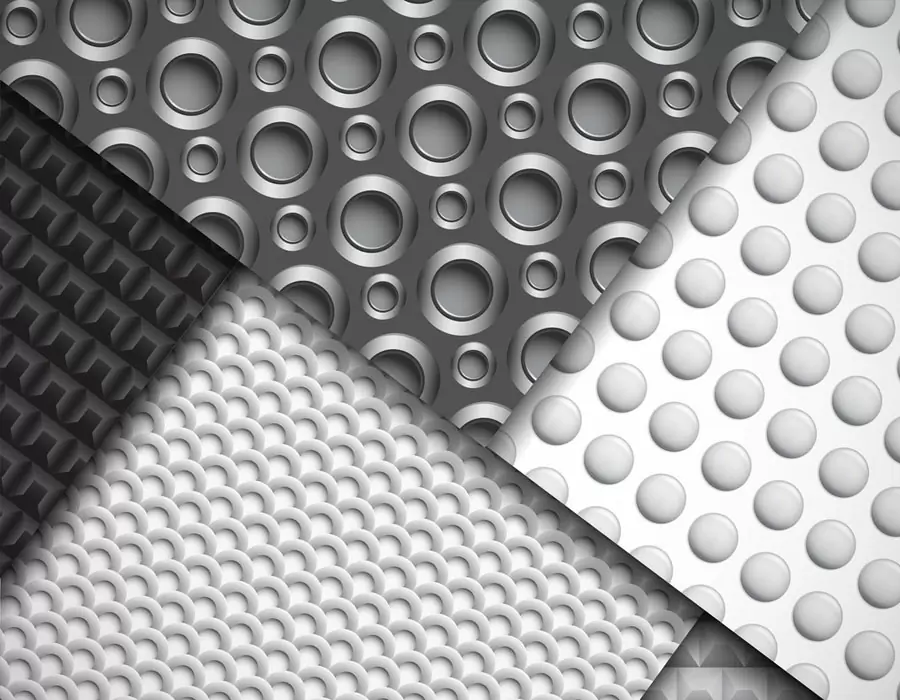
ISO 9001 certified. BE-CU Prototype Offering CNC machining carbon fiber and other manufacturing services for carbon fiber marterial. Various capabilities include notching, labeling, drilling carbon fiber, grinding, laser cutting carbon fiber, finishing, plating, marking, CNC milling carbon fiber and turning carbon fiber.We stock high quality 3k carbon fiber sheet in a variety of thickness, types and finish. Its a great material used in applications where light weight and strength are needed such as drones. Unlike other workshops, we have no min order and are often filling orders with a single part. We also don’t make you pay for the full sheet and you only get charged for what is used. With a large selection of material, you should find everything you need to make your project come to life. We are also able to handle larger production runs and provide a competitive pricing. If we don’t have the material or finish you require, we are more the willing to look at bringing it in for you.
What Is Carbon Fiber?Carbon fiber is made of polyacrylonitrile (PAN) (or pitch, viscose) and other organic fibers by carbonization (removal of most elements except carbon) by pyrolysis method under inert gas at high temperature above 1,000 °C. Inorganic polymer fibers with a carbon content of more than 90%.
-

3D Printing Continuous Fibres
-

3D Printing Short Fibre Filled Wires
-
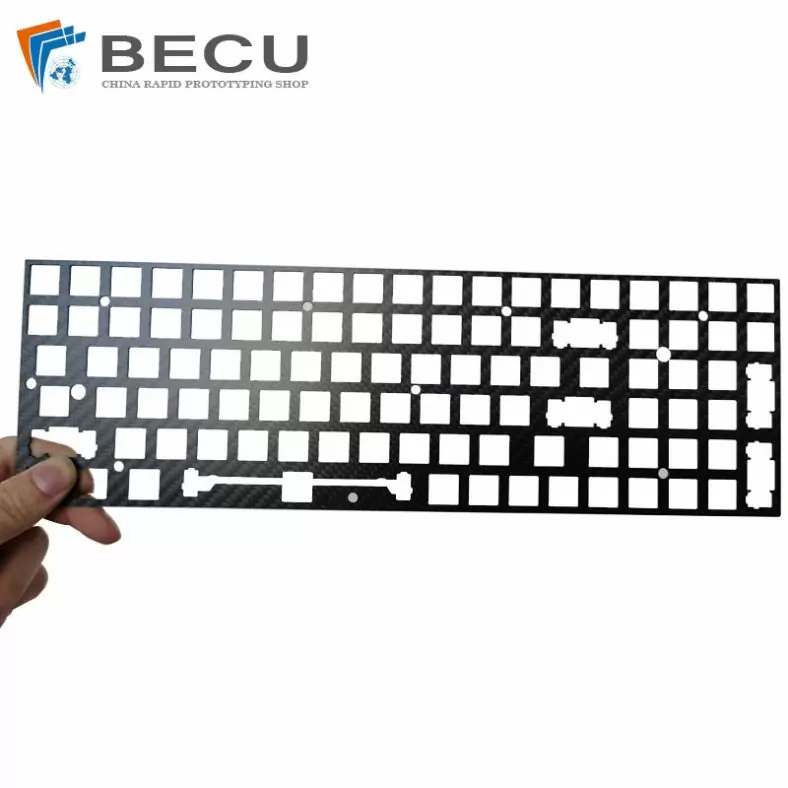
Laser Cutting Carbon Fiber Positioning Keyboard
-

Cnc Turning Industrial Copper-Aluminum Clad Carbon Fiber Machinery Parts
-
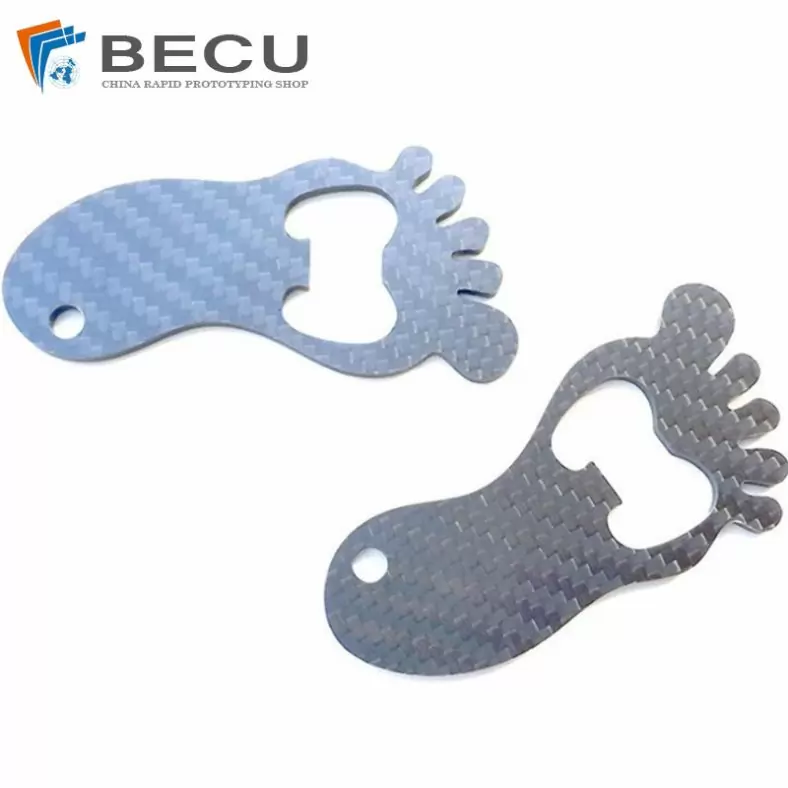
Carbon Fiber Luggage Tag Ornaments
-
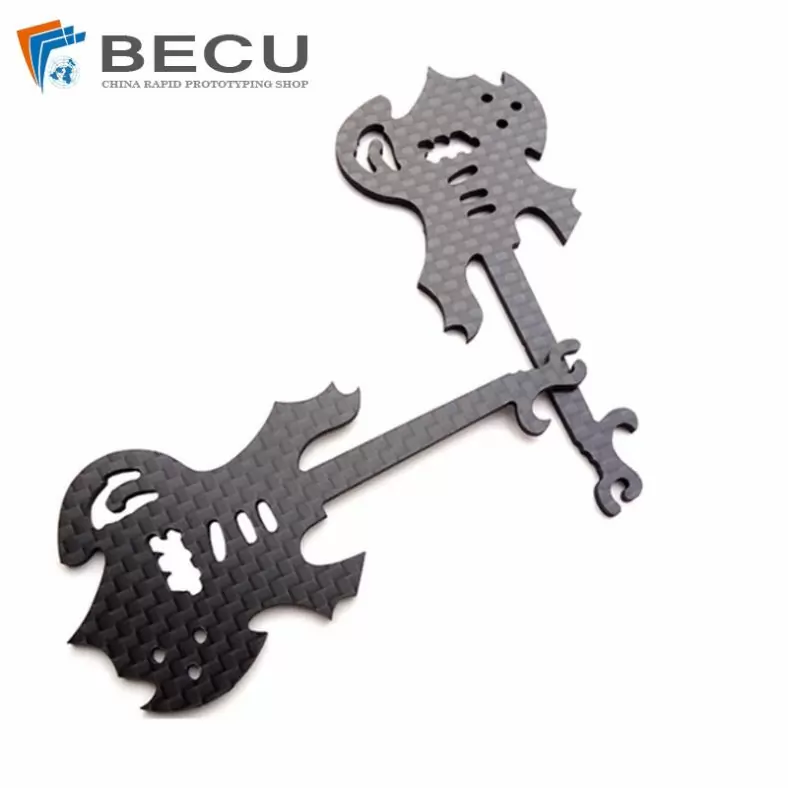
Laser Cutting Carbon Fiber Guitar Shape Crafts
-
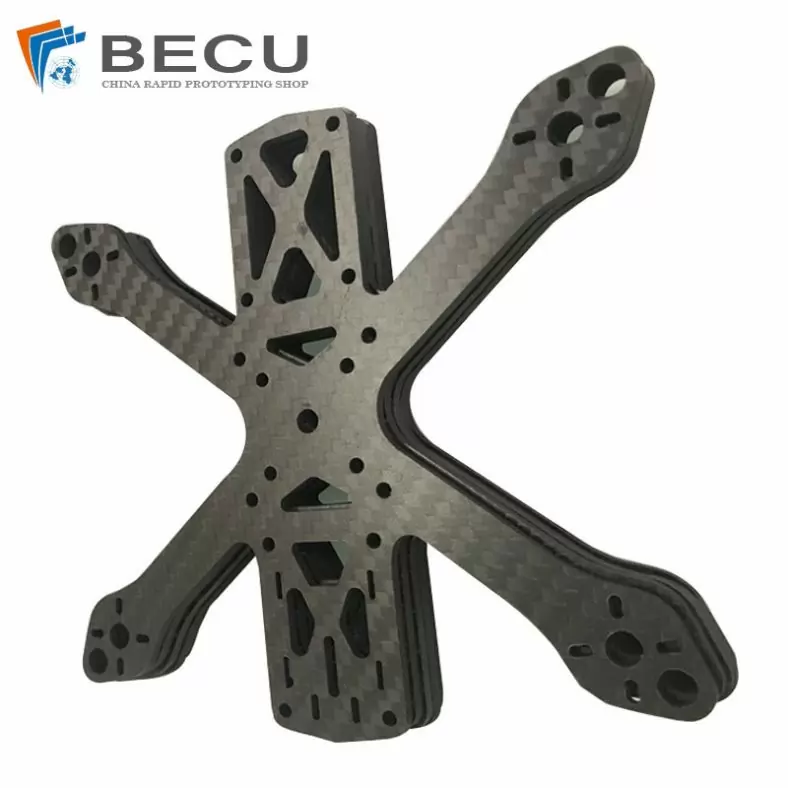
Laser Cutting Carbon Fiber Drone Rack
-
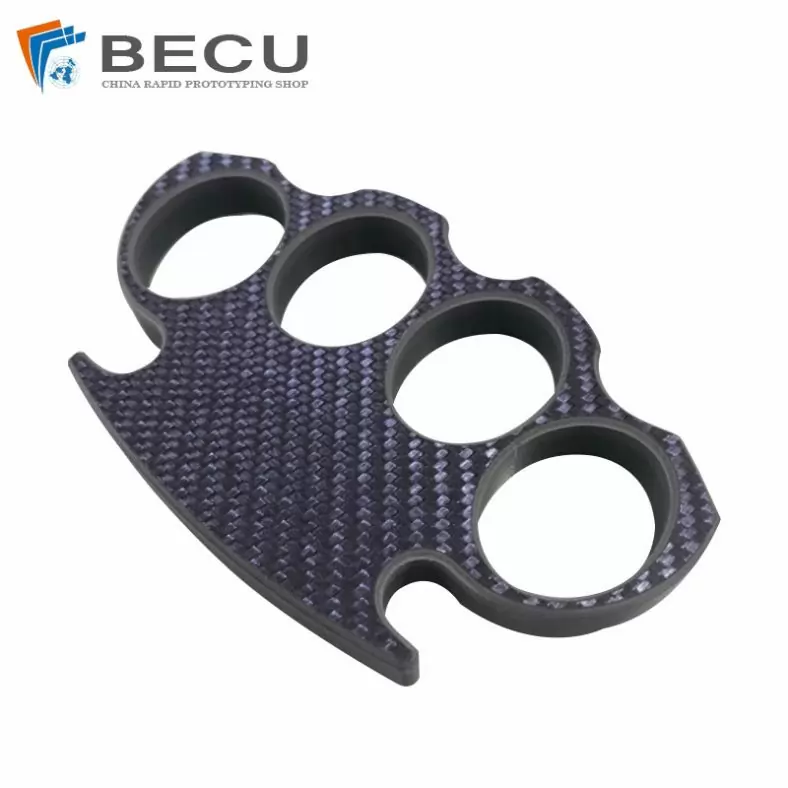
Cnc Milling Carbon Fiber Finger Buckle
